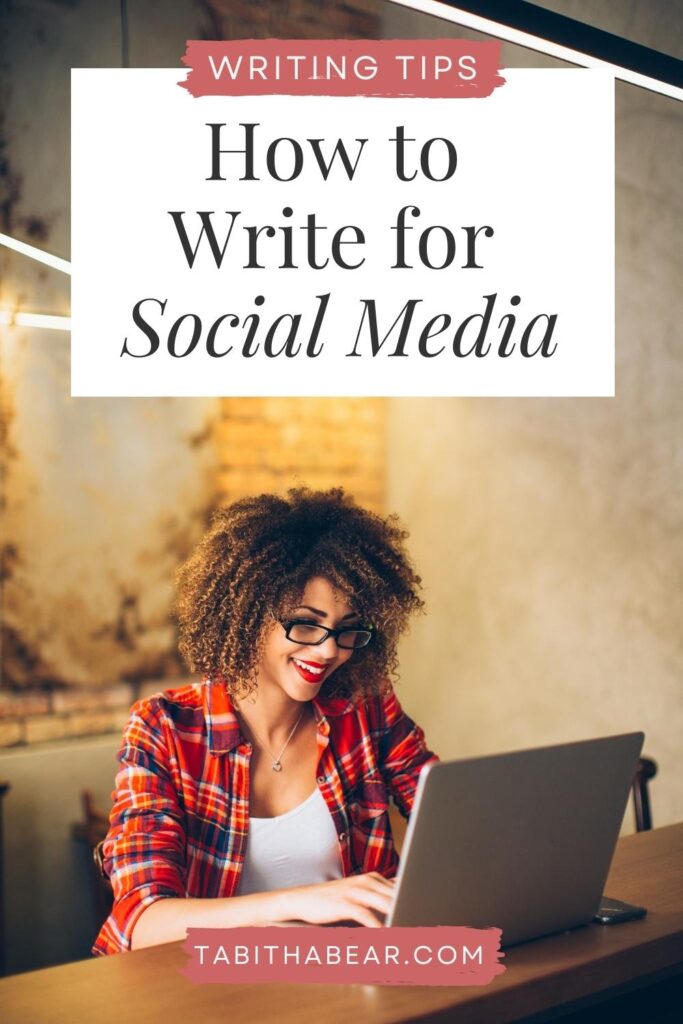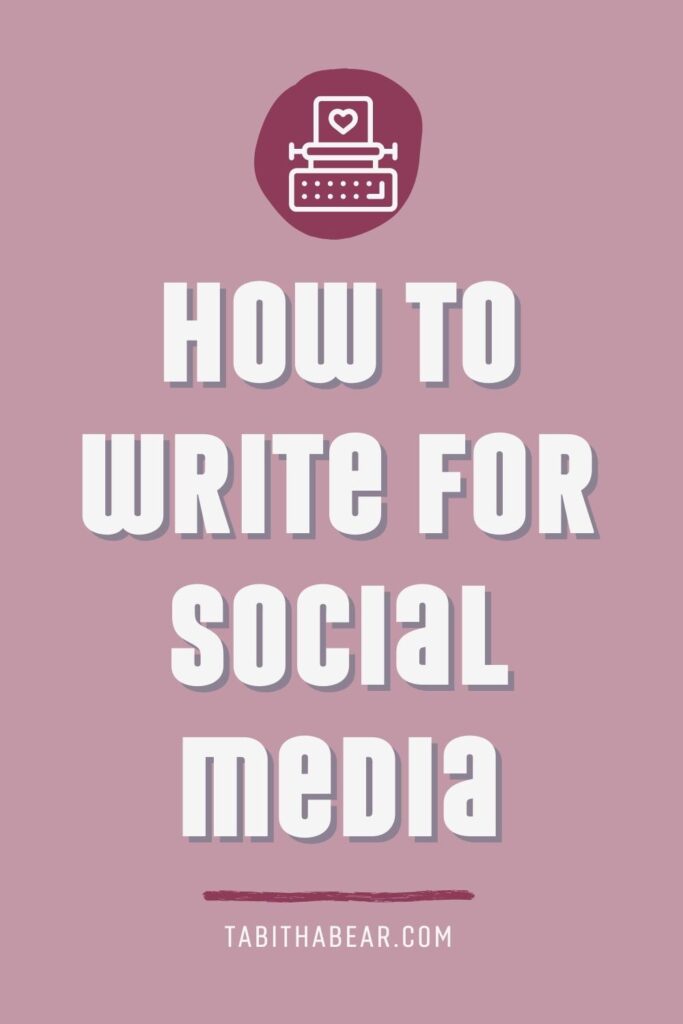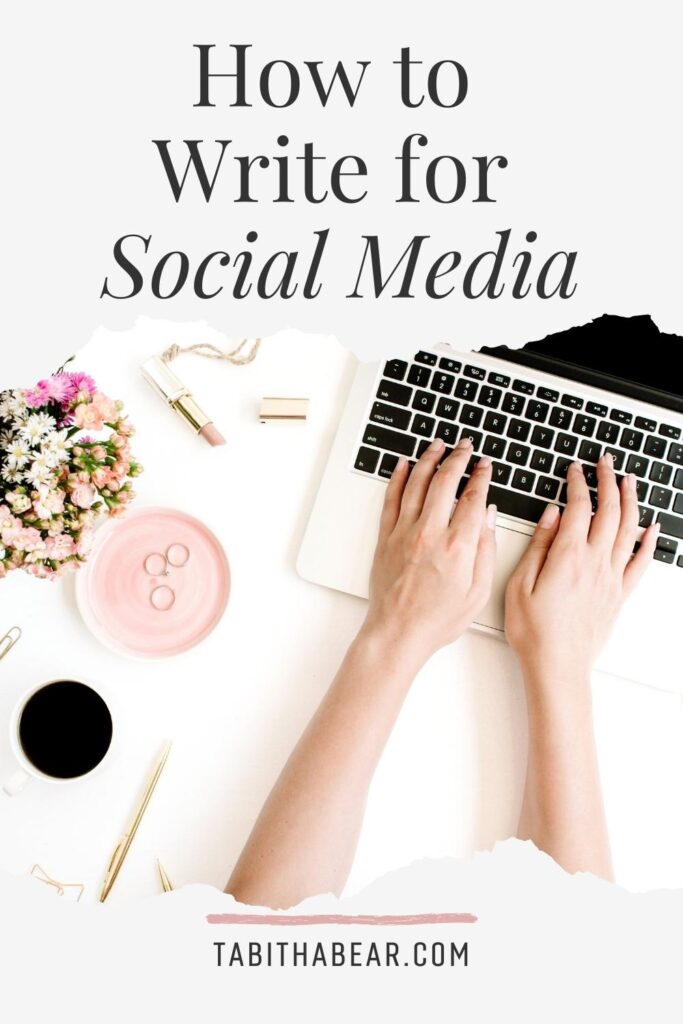
One day I will find the right words, and they will be simple.
Jack Kerouac
Improving skills related to social media is an ever-evolving challenge. What are the newest algorithms? Which hashtags are appropriate/outdated/trending? What is your engagement percentage? How do you gain more followers? Adaptation is always all over the map. However, I firmly believe writing for social media is not something that changes often. The trend of how people write for social media fluctuates a lot – and yes, there’s a difference between the two.
Know Your Platform’s Caption Limits – And How to Hack For More
Tiktok – 150 characters
Twitter – 280 characters
Instagram – 2,200 characters
Facebook – 63,206 characters
This information immediately highlights the functionality for you, and, what type of content your followers are expecting.
Let’s break down each platform:
TIKTOK
Okay – only 150 characters. If you’ve been on TikTok, the caption space is meant for trending hashtags, and not really a caption. I’ve been through plenty of comment threads on there at this point to know, hardly anyone really pays attention to the caption if there is one. The video is the point.
Here’s the HACK:
Put text in your video. There’s no limit to the text in a video – don’t spam out a novel! – you have the power to control the information provided to the viewer. The beauty of TikTok is how quickly you can scroll through BS. If the video doesn’t interest you within the first second or two, you scroll by.
Tiktok videos last for a max of 60 seconds (although rumor has it they’re starting to test 3 minutes videos.) Utilize the time.
Hook your viewers, and potential FYP (for you page) viewers, with the punchline. Build up with information after.
It’s like old English plays – they started with the end to captivate their audience before discussing how it came to that point. Usually, with characters burning at the stake, someone getting beheaded or killed in a battle/duel – an intense moment that made the audience go ‘holy crap. I need to know. I must know.
But, no pressure. You’ll do great.
(Also – no need to burn anyone at the stake!)
Alright – this is the only time I will ever say this – crappy punctuation, bad abbreviations, and shortened spellings are a mutual understanding. It hurts my heart, but it’s the culture.
This is the partial HACK:
Set the grammar rule book aside and do what it takes to take advantage of the 280 characters, but still let your audience understand what it is you’re talking about.
With only 280 characters, people are looking for a quick thing to read. Be witty, be cute, be adorably observant, be yourself. I have found twitter is a really good place to let weird shit fly out of my mouth (from my fingers…?) and test the waters without judgment. This doesn’t necessarily mean what goes viral equals great material for other social platforms… in fact, I think sometimes the more shameless = the higher risk of going viral.
Tread carefully.
Second HACK:
Reply to yourself to create threads. If you’re looking to tell a story, or go beyond the 280 count, thread it up. BUT – make sure you let your readers know what you’re doing. Sometimes, twitter shows it as a thread to your followers, OR, sometimes twitter shows the initial tweet and maybe your reply to a comment.
SO – that initial tweet needs to have easy-to-understand direction. My two favorites: 1 – start off with ‘Thread’ before the actual tweet, and/or 2 – know how many sections you’re going to break the story into and end each tweet with that. “Let me tell you about my super bad date tonight. 1/7”. (That tells me there will be 7 tweets total as part of your thread).
The max is still 280 characters per tweet. But, now you can extend it.
Thread carefully.
2200 characters is enough room to absolutely give a ton of value. I think Instagram, and Facebook, are really great places to share valuable information that’s connected to your site/products for free.
Most website clicks from social media platforms to a site are from IG & facebook because of how well you can engage with your audience.
(Side Note: Pinterest is a visual search engine, not a social media platform. That’s why it isn’t listed in this post.)
The average word count in IG captions has increased over the last couple years. The max has been 2200 characters for a while, it’s just more people are taking advantage of that space. This is why I know creative writing has a place on social media.
1st HACK:
Utilize the carousel option. You’re able to post 10 slides/photos/videos (at a 60 second max) instead of just one. If you follow me on IG already, you’ll know I’ve switched myself into a checkerboard pattern. I alternate posts between travel photos and information I share here. For the longest time, I just shared only my travel photos, but I’ve wanted get better about bridging my site’s content on my social media. Utilizing my IG for photos and graphics seemed like a really solid option.
In doing this, I still have the 2200 caption limit AND however much information I choose to provide in the graphics.
2nd HACK:
Don’t waste your caption space on your hashtags. After you post, comment on your post with the hashtags. You still show up in those hashtag searches, it doesn’t change your visibility aspect.
3rd HACK:
If you’re feeling incredibly prolific, and you run out of room in your caption, continue it in your comments section. End the caption on a sentence, followed by ‘Continued in Comments’ and boom, you’ve extended it.
4th HACK:
Video content. With Reels launching, IGTV, IG Stories, and the ability to post a video to your OG feed, there are a lot of options to help share information. Video is definitely the future in content creation, and sharing valuable information through video and engaging with your audience on a more interactive level is relevant and helpful.
Personally, I hate being on video, so I don’t share as much as I know I should. But other than sharing landscape videos, I’m working my way into animated graphics as well.
There are a lot of great options in IG to share information. It doesn’t have to end at just the caption limits.
Hot damn! 63k characters! I did check, and 63.2k characters is an average of about 30k words. That’s a small novel.
A whole book.
I have definitely seen some very, very, very long posts on facebook. But they are usually related to information for not-for-profits, breaking news, gofundme situations, etc.
The content I put on IG is immediately shared to my FB page, with the exception of my IG Stories. I turned this feature off because people on FB respond to it, and it goes to such a weird message destination, and I don’t receive a notification for that.
What I lack in FB Stories, I make up for in a couple of extra posts.
I’m able to introduce blog posts, new things on my site, articles that have inspired me, etc. in a more direct way. Here’s a message WITH the link.
I currently do not have the swipe up feature on IG – fingers crossed I’ll get there one day. So at the moment, I utilize ye olde #linkinbio. While my clicks from IG are solid, there’s a lot of extra leg work in my stories and posts so I make sure I’m reaching as many people as possible about it.
If You’re Long-Winded HACK:
I don’t think being ridiculously long-winded in a FB post is always helpful. I do believe utilizing video posts and sharing more information in a quicker way is better.
Utilizing text in videos and some information in the captions can go a long way. I know my readers are looking for good content relatively quickly. I value their time, and take that into consideration.
The Balance of Brevity
Although there is nothing wrong with a longer caption, there is a specific way to write for social platforms.
Have you kept that note in the back of your head I stated at the beginning of this blog? There is absolutely room for creative writing in social media.
Now, here’s the second thing to partner with that – there is a style/science.
People are scrolling through social media. They’re connecting and sharing with friends, they’re hiding from family in the bathroom, they’re procrastinating on answering an email from their boss… people have lives. Their attention is divided and short-lived.
And lest we not forget – about 85% of people are using social media on their phones. If they see a massive block of text, with a ton of punctuation sprinkled throughout, and catch a few big-ass words, you’re gone with the quick flick of a thumb.
Shorter, more direct sentences do better. Keep it quick.
This is the balance.
I think we tend to equate brevity with just a short caption overall. Long captions have life as long as they’re broken up.
A sentence or two, max, per paragraph/bullet point/step, etc. Each section should provide some kind of value or entertainment. You want people to read that long caption, right?
Tailor it to their attention.
Who Are You Talking To?
You. I’m talking to you.
I’m writing this post to you, for you.
It’s not just about creating useful & relatable content to entice people to read and engage and follow, but they want to feel this is directed at them.
Make sure your captions reference YOU. Connect with your readers as if you’re having a one-on-one conversation.
Spelling & Punctuation
With the exception of my little blurb about Twitter – this is just so important. You do not have to use $50 words. There’s no reason to get fancy with the punctuation – and I love to!
It’s okay if you’re not the greatest speller, or have no idea what kind of punctuation goes where. Keep a dictionary open at all times and stick to simple “. ? !”.
Grammarly is also a great source to help.
Consistently poor spelling is a personal pet peeve of mine. I’m a language & writing fiend, so I do my best to keep this part of myself reigned in because I know it can be irritating to correct others. My personal feeling is: super consistent mistakes reduces credibility.
I am speaking of consistent mistakes. Not that one time last year you proofread your caption 900 times, posted it, and caught the typo two hours later. Been there!
Is this a harsh outlook? Maybe.
The way I see it, if someone is trying to sell a course of some kind. That course might involve downloadable PDF files of potentially valuable information, videos of lessons, one-on-one sessions, and/or private facebook groups – how can I be sure that person will attend to my needs when I pay them if they cannot be bothered to double check before they send out a message?
How can I be sure those downloadable PDF’s are well written and I will get my money’s worth if I struggle to decipher their free, written content frequently?
The English language is absurd on a good day – you do not have to be a master. But, I believe the effort is worth it.
Check out this post to help strengthen your writing.
Be Yourself and Have Fun
Wow, Tab. Super corny.
I know.
When you enjoy what you’re sharing, when you are yourself online, it’s freeing. It’s not sunshine and rainbows every day, but partnered with that freedom is the space to welcome new ideas, inspiration, new ways to challenge yourself, your business, and new ways to appeal to your readers & followers.
Good luck on your social media adventure! How did these tips help you?

Never Miss An Adventure.



